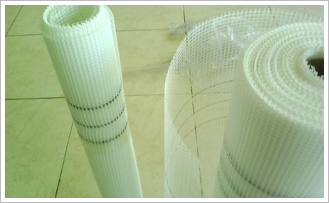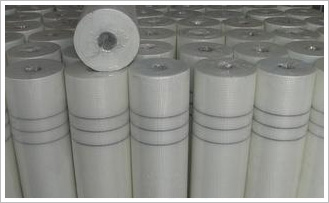Alkali-resistant fiberglass mesh is mainly alkali-resistant fiberglass fabric, it uses the C /E-glass fiber yarn (main ingredient is a silicate, good chemical stability) through a special weaving technique, then by the anti-alkali and reinforcing agent etc high temperature heat finishing treatments. It''''s ideal engineering material in construction and decoration industry!
Main characteristics:
1. Good chemical stability: Alkali-resistant, acid-resistant, waterproof, cement erosion-resistant and other chemicals'''' corrosion resistant; and strong resin bonding, soluble in styrene.
2. Outstanding craftsmanship include coating enough alkali-resist glue, our coating glue is produced by Germany BASF which can keep 60-80% strength after test in Naoh 28days later, so that guarantee high strength, high senility, light weight.
3. Strength retention rate> 90%, elongation <1%, the durability of more than 50 years
5. Good impact resistance and not easy to be teared.
6. Fire resistant, thermal insulation, sound insulation, insulations etc.
Application:
1. Wall reinforced material (such as fiberglass wall mesh, GRC wall panels, EPS insulation with the wall board, gypsum board, bitumen etc)
2. Reinforced cement products.
Usage:
1.75g / m2 mesh fabric used in the reinforcement of thin slurry, to eliminate small cracks and scattered throughout the surface pressure.
2.110g / m2 mesh cloth is widely used in indoor and outdoor walls, prevent the various materials (such as brick, light wood, prefabricated structure) of treatment or caused by a variety of expansion coefficient of wall crack and break.
3. 145g/m2 mesh fabric used in the wall and be mixed in various materials (such as brick, light wood, prefabricated structures), to prevent cracking and scatter the whole surface pressure, especially in the external wall insulation system
4.160g / m2 mesh fabric used in insulator layer of reinforcement in the mortar, through shrinkage and temperature changes by providing a space to maintain movement between the layers, prevent crack and rupture due to shrinkage or temperature change.
 
|

